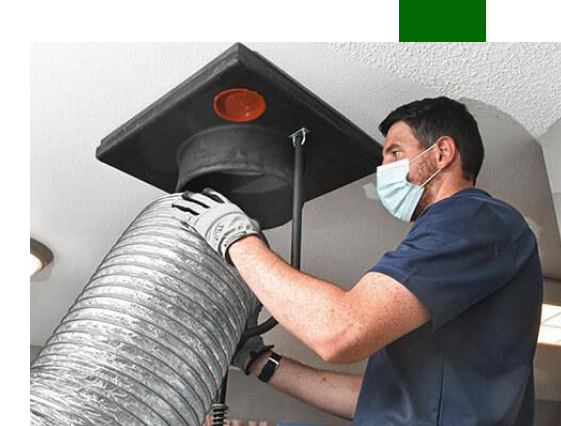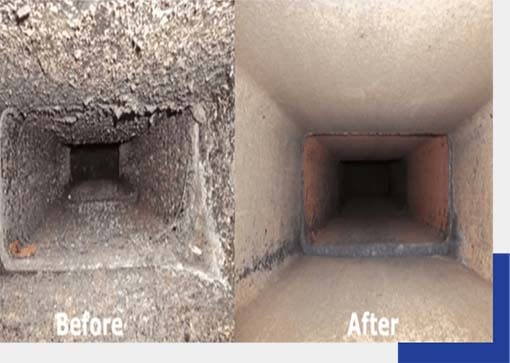Unlocking Peak AC Performance: The Power of Air Duct Cleaning
Unlocking Peak AC Performance: The Power of Air Duct Cleaning
Your air conditioning system is the unsung hero of indoor comfort, working year-round to maintain an ideal climate. But did you know that dirty air ducts can sabotage your AC’s efficiency and lifespan? Over time, dust, debris, and allergens accumulate in the ductwork, restricting airflow and forcing your AC to work overtime. Professional air duct cleaning is a critical step toward enhancing your system’s performance and promoting a healthier home environment.
The Silent Saboteurs: How Dirty Ducts Undermine Your AC
Air ducts may be hidden, but their impact is felt throughout your home. Without regular maintenance, they become breeding grounds for contaminants that decrease air quality and system performance.
Common Culprits Behind Compromised Airflow
- Dust and Debris: Excess buildup restricts airflow, making your AC less efficient.
- Mold and Mildew: Moisture within ducts fosters mold growth, leading to foul odors and health risks.
- Pest Infestations: Rodents and insects can nest in ducts, leaving behind allergens and causing damage.
Consequences of Neglected Ductwork
Failing to clean your air ducts can have serious implications:
- Higher Energy Bills: Blocked ducts force your system to consume more energy.
- Reduced AC Lifespan: Constant strain leads to faster wear and tear.
- Poor Indoor Air Quality: Circulating pollutants aggravate allergies and respiratory conditions.
The Transformative Benefits of Air Duct Cleaning
Routine AC cleaning brings numerous advantages, both in comfort and cost savings.
Key Benefits Include:
- Enhanced Efficiency: Clean ducts promote optimal airflow and system output.
- Lower Utility Costs: Less strain means your AC uses less energy.
- Extended Equipment Life: Reduced workload protects critical AC components.
- Improved Indoor Air Quality: Cleaner air reduces symptoms related to asthma and allergies.
Signs Your Air Ducts Need Cleaning
Not sure if it’s time for a cleaning? Watch for these telltale signs:
- Visible Dust Buildup around vents and registers.
- Musty Odors when the AC is running—often a mold warning.
- Uneven Airflow or inconsistent cooling between rooms.
- Post-Renovation Residue from construction dust and debris.
Proactive Measures: How to Maintain Clean Air Ducts
Keeping your ducts clean doesn’t stop at a one-time cleaning. Follow these maintenance tips:
- Regular Inspections: Schedule professional checks every 1–2 years.
- Seal Leaks: Ensure ducts are airtight to avoid energy loss.
- Replace Air Filters: Swap filters every 1–3 months to prevent buildup.
- Manage Humidity: Use dehumidifiers to reduce mold risk inside ducts.
Frequently Asked Questions
Q: How often should air ducts be cleaned? A: Every 3 to 5 years is standard. Homes with pets, smokers, or allergy sufferers may need more frequent cleanings.
Q: Can I clean air ducts myself? A: Light maintenance is doable, but deep cleaning requires professional tools and expertise.
Q: Will duct cleaning improve AC performance? A: Absolutely. Clean ducts reduce resistance, making your AC more efficient.
Q: Is air duct cleaning worth it? A: Yes—expect better air quality, lower energy costs, and longer equipment life.
Q: What are signs I need duct cleaning? A: Dust around vents, musty smells, uneven airflow, and increased allergies are all red flags.
Air duct cleaning is a smart, proactive step toward peak HVAC performance, lower energy bills, and healthier indoor air. Don’t let hidden dirt drag your system down—invest in professional cleaning and feel the digital difference.


